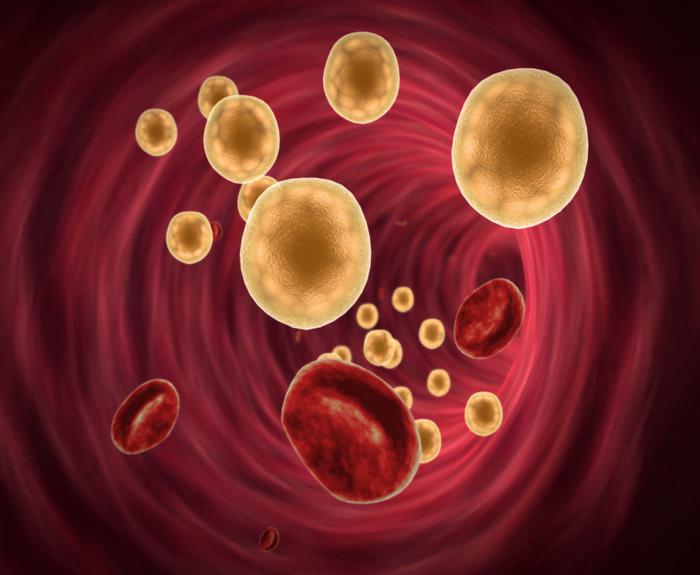What are the cholesterol values considered normal? When are these cholesterol numbers considered high and even dangerous? We discover it for you.

It is always advisable to have a blood test once a year if you do not have any pathology or disease that the specialist doctor must control, or if so, do it at least once every six months (although it will always be the medical specialist who establishes how often you should the patient have a blood test).
As we indicated in our special on understanding the results of a blood test, the blood test helps us to discover whether or not we suffer from a certain disease, or if it is even convenient to adopt a series of habits or measures to lower some parameters or prevent their increase.
More specifically, blood cholesterol values help us to know whether or not we have high cholesterol, which becomes a health hazard, since it causes a narrowing of the arteries, multiplying the risk of stroke or heart attack.
Whether you have a blood cholesterol test in front of you, or if you plan to do it, it is best to always keep in mind which are the normal levels of cholesterol, and which are considered high. But let’s go in parts.
What is LDL, HDL and total cholesterol?
If you have the results of your blood test in front of you, it is quite likely that you will find three basic parameters: LDL cholesterol, HDL cholesterol and total cholesterol. And what does each one of them consist of?
LDL cholesterol
What is known as LDL cholesterol consists of a lipoprotein made up of both lipids and proteins. It has a main function, taking care of transporting liquids. In this way, it is “in charge” of transporting cholesterol from the liver to the different tissues and organs of the body.
When LDL cholesterol is high (that is, above the values considered normal), it is associated with a higher risk of cardiovascular disease, since when an excessive amount of cholesterol circulates, it adheres in the arteries, forming plates.
In turn, these plaques gradually increase in size, causing a progressive obstruction of the arteries and a greater stiffness of the blood vessels.
HDL cholesterol
On the other hand, we find HDL cholesterol, popularly known as good cholesterol or high-density cholesterol. It is very important that the values of this type of cholesterol are within normal and recommended figures, since it helps to extract excess and excess cholesterol from the cells, helping in turn to reduce the fatty plaques (or atheroma).
Total cholesterol
And finally we find in our blood test with what is known as total cholesterol. In reality it is not another type of cholesterol, but basically consists of the sum of all the cholesterols combined.
Blood cholesterol levels
Different studies have found that total cholesterol concentrations in blood above 200 mg / dl are directly related to an increased risk of cardiovascular disease.
Total cholesterol values
- Normal: less than 200 mg / dl
- High limit: 200 to 240 mg / dl
- Very high: 240 mg / dl or higher
LDL cholesterol values
- Normal: less than 130 mg / dl
- High limit: 130 to 160 mg / dl
- Very high: greater than 160 mg / dl
HDL cholesterol values
- Normal (desirable): greater than 40 mg / dl
- High risk: below 35 mg / dl
- Minimal risk: greater than 60 mg / dl
And what, then, are healthy cholesterol levels?
From knowing which are the normal values of cholesterol in the blood, it is possible to discover in turn which could be considered the healthiest levels or values of cholesterol. That is, what are the recommended values to enjoy good cardiovascular health? Those levels are as follows:
- Healthy LDL cholesterol level: less than 100 mg / dl.
- Healthy HDL cholesterol level: greater than 40 mg / dl in women and 35 mg / dl in men.
- Healthy total cholesterol level: less than 200 mg / dl.






























